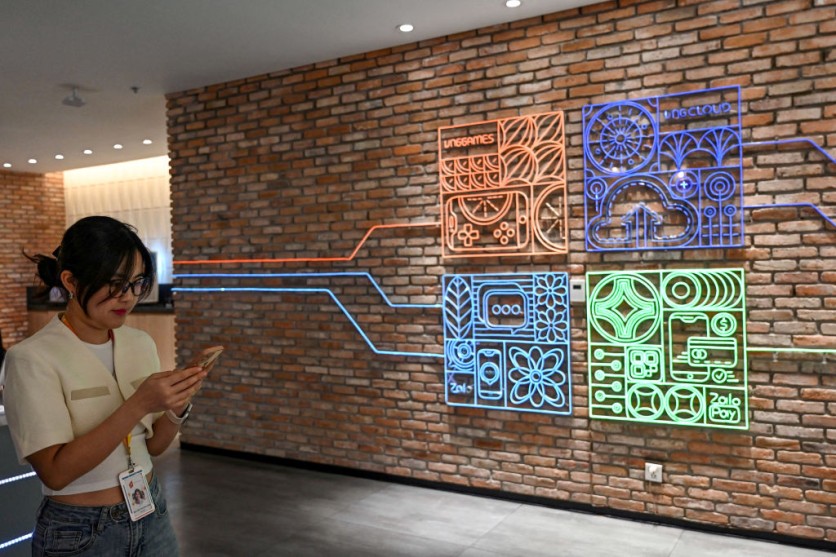A group of researchers has used Li-fi, an innovative communication technology leveraging visible light for data transmission, to outpace Wi-Fi speed by more than 100 times, potentially providing a significant increase in bandwidth for simultaneous information transmission.
According to Tech Xplore, Li-fi could ensure secure data transmission by confining it to areas illuminated by light, according to the research team.

Distinctive Feature of Li-fi
The research team, spearheaded by Professor Dae Sung Chung from the Department of Chemical Engineering at Pohang University of Science and Technology (POSTECH) may have achieved a significant breakthrough in wireless communication by utilizing indoor lighting.
Their approach focuses on minimizing light interference for transmitting data. The team noted that a distinctive feature of Li-fi is its ability to maximize existing indoor lighting infrastructure, like LEDs, without the need for additional installations.
Nevertheless, the practical integration of visible light communication (VLC) into lighting systems faces challenges related to stability and accuracy in data transmission.
This is particularly true when interference issues arise from using LEDs as a single-color light source in VLC technology, where light of the same wavelength intersects, leading to the merging or cancellation of amplitudes. To overcome this challenge, the researchers developed a novel light source.
Read Also : Researchers Use AI Chatbot to Produce Prompts That Can 'Jailbreak' Other Bots, Including ChatGPT
Novel Light Source
The team created a light source replicating standard white illumination with minimal interference zones by merging red, green, and blue organic light-emitting diodes (OLEDs).
Additionally, the team introduced a cavity structure to improve the color representation of each wavelength in the OLED and integrated a Fabry-Pérot structure into the light-absorbing organic photodiodes (OPDs) to selectively capture specific wavelengths of light.
The resultant composite white light from the team's method demonstrated a significantly lower bit error rate (BER) than traditional light sources. BER, a crucial measure of digital signal quality, indicates the error ratio to the total transmitted bits.
This highlights the team's achievement in successfully mitigating interference among light sources, guaranteeing accurate transmission of information.
Sung Chung emphasized the significance of their work, saying, "In contrast to conventional light sources, our light source, which blends three wavelengths, circumvents interference thereby enhancing stability and accuracy in data transmission."
"We foresee this technology as a potentially beneficial tool for diverse industries, serving as a next-generation wireless communication solution that utilizes conventional lighting systems," he added.
Within a multichannel VLC system, a blend of white light is generated by incorporating red, green, and blue OLEDs, each with non-overlapping wavelengths to reduce channel interference, while the system incorporates OPDs that selectively absorb light.
The findings of the research team were published in the journal Advanced Materials.
Related Article : Know Your Internet Slang: Explore the Latest Buzzwords and Abbreviations from ATP to YAAS

ⓒ 2025 TECHTIMES.com All rights reserved. Do not reproduce without permission.




